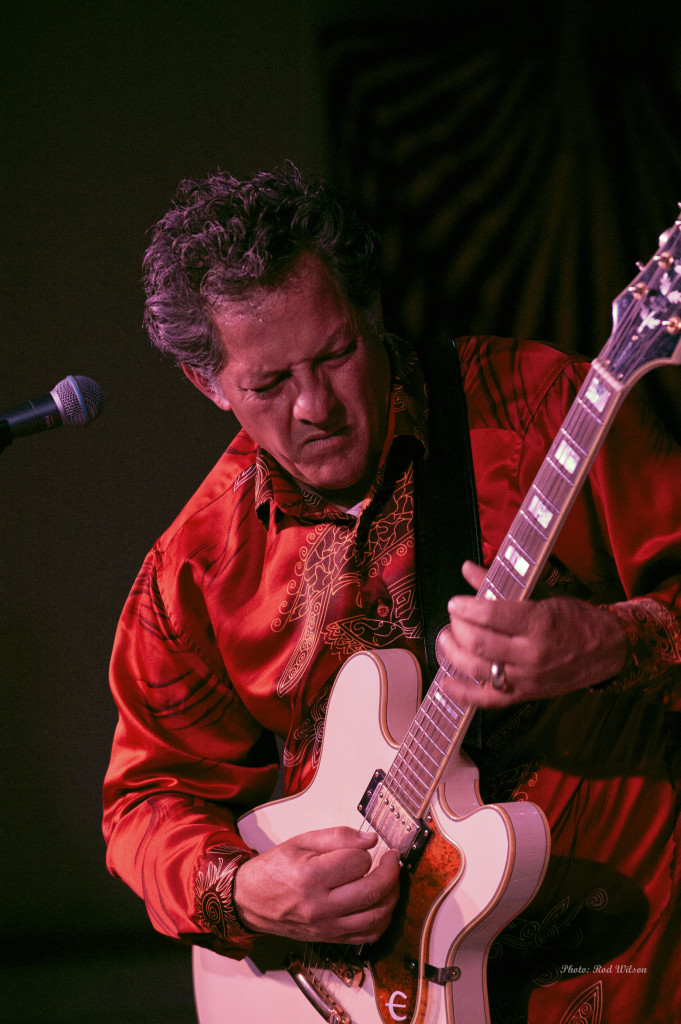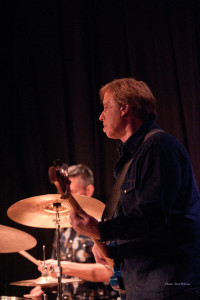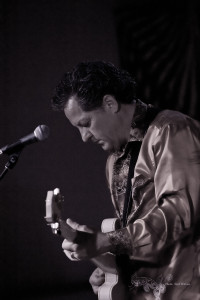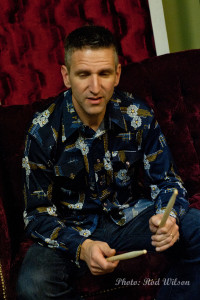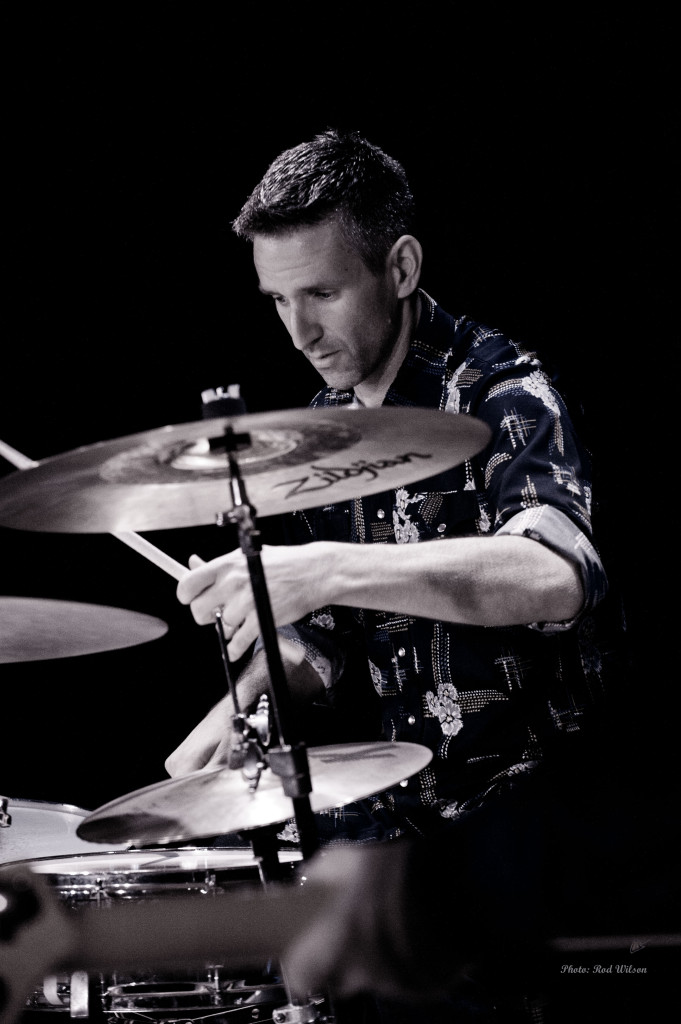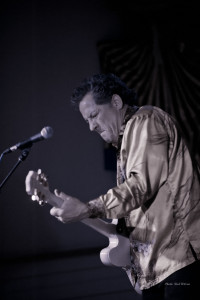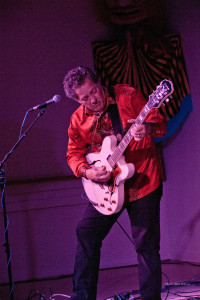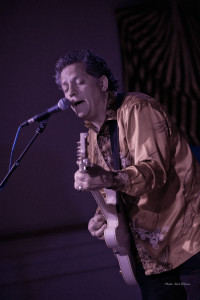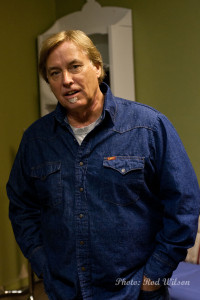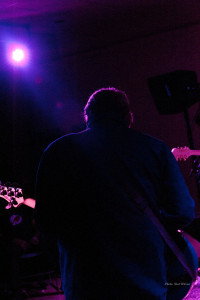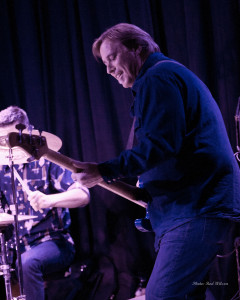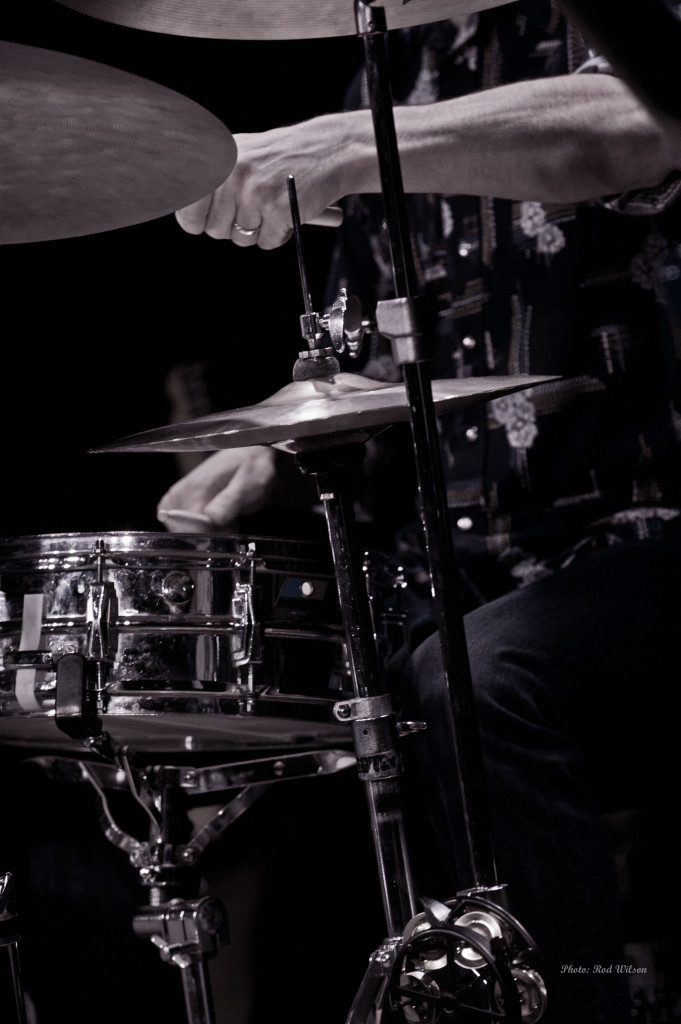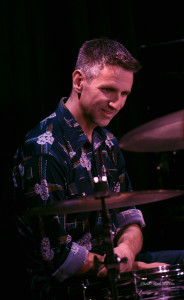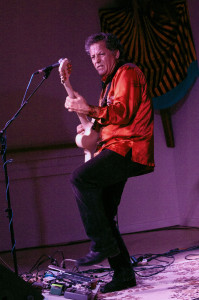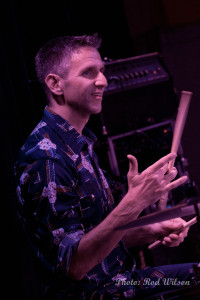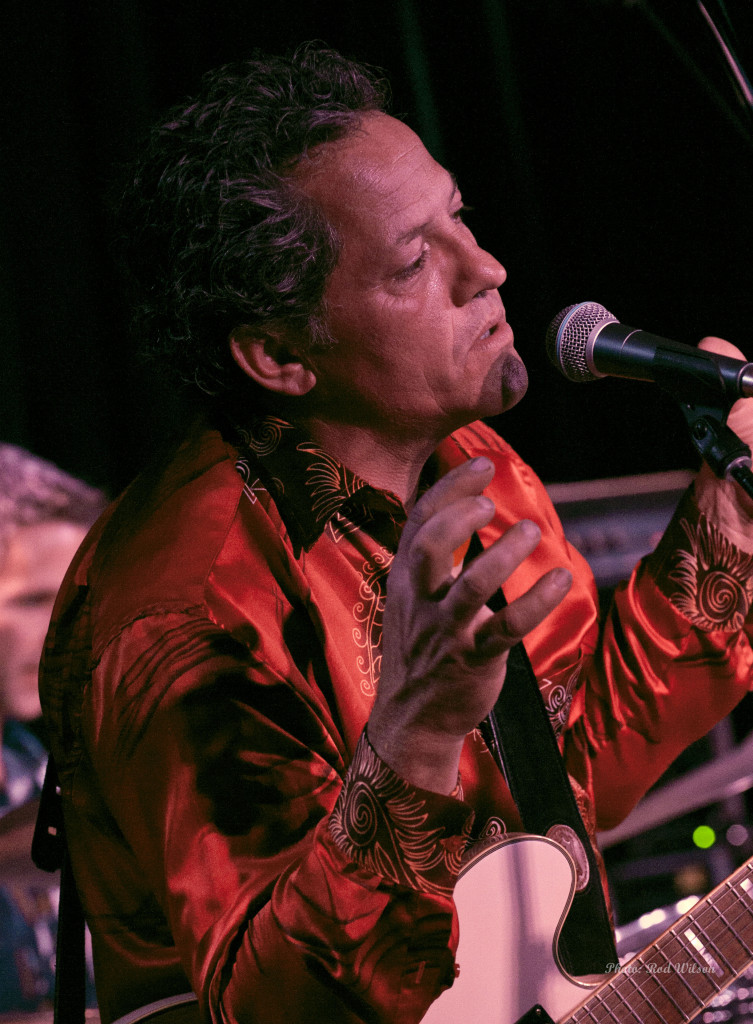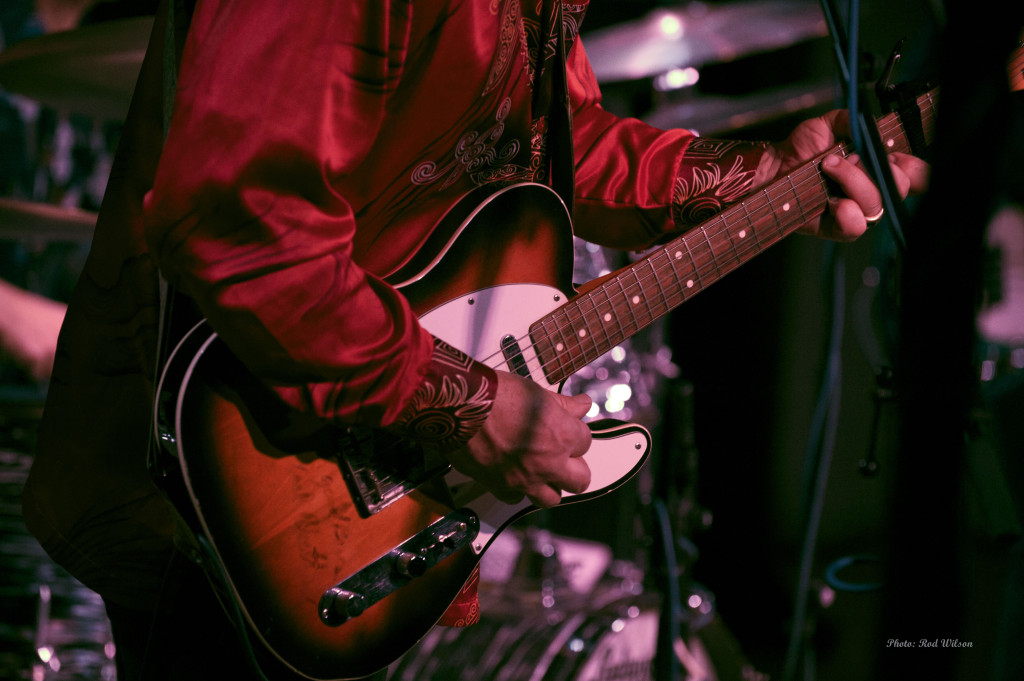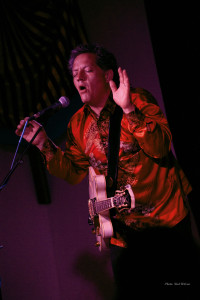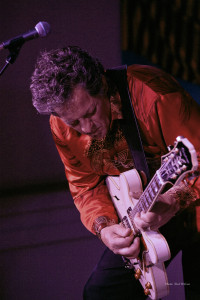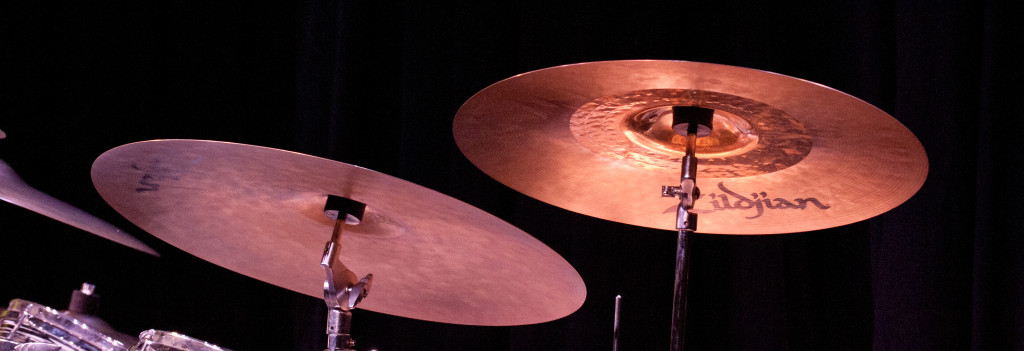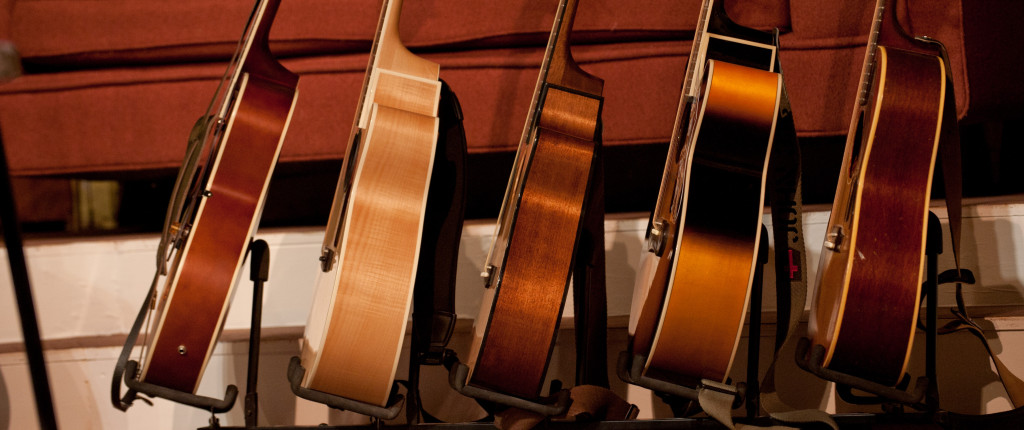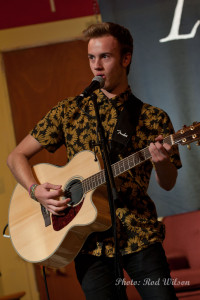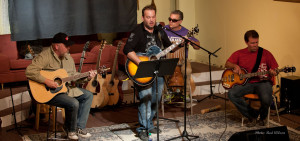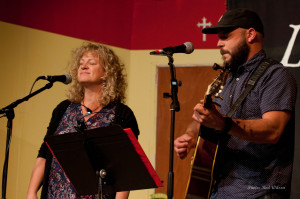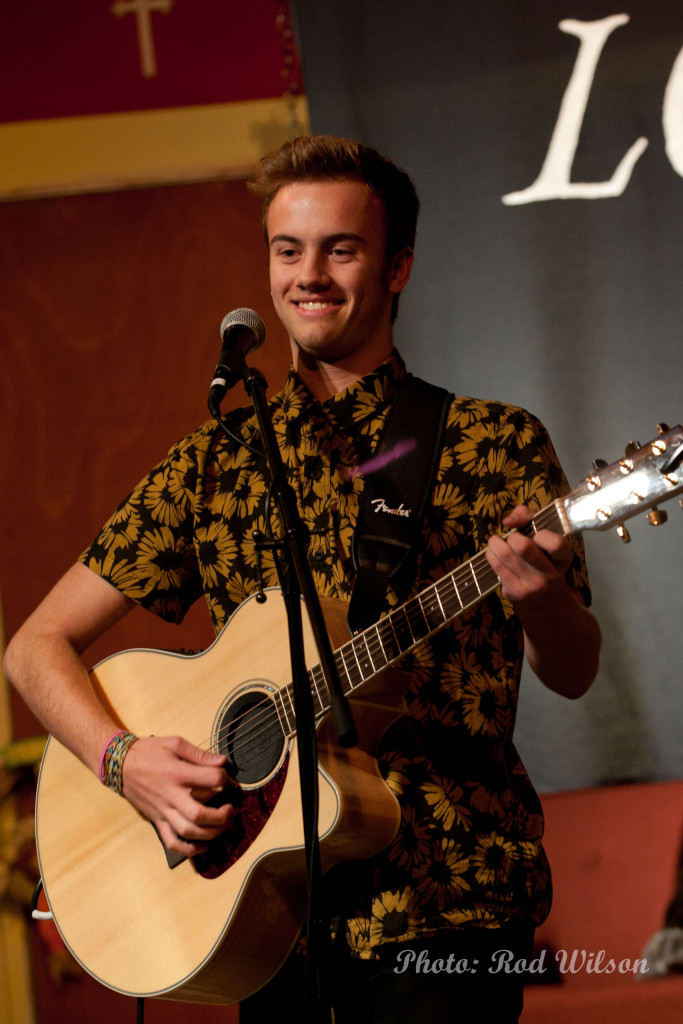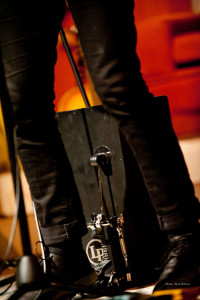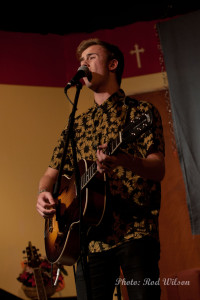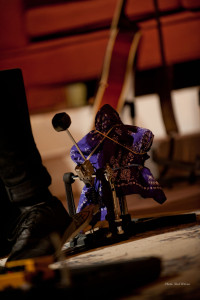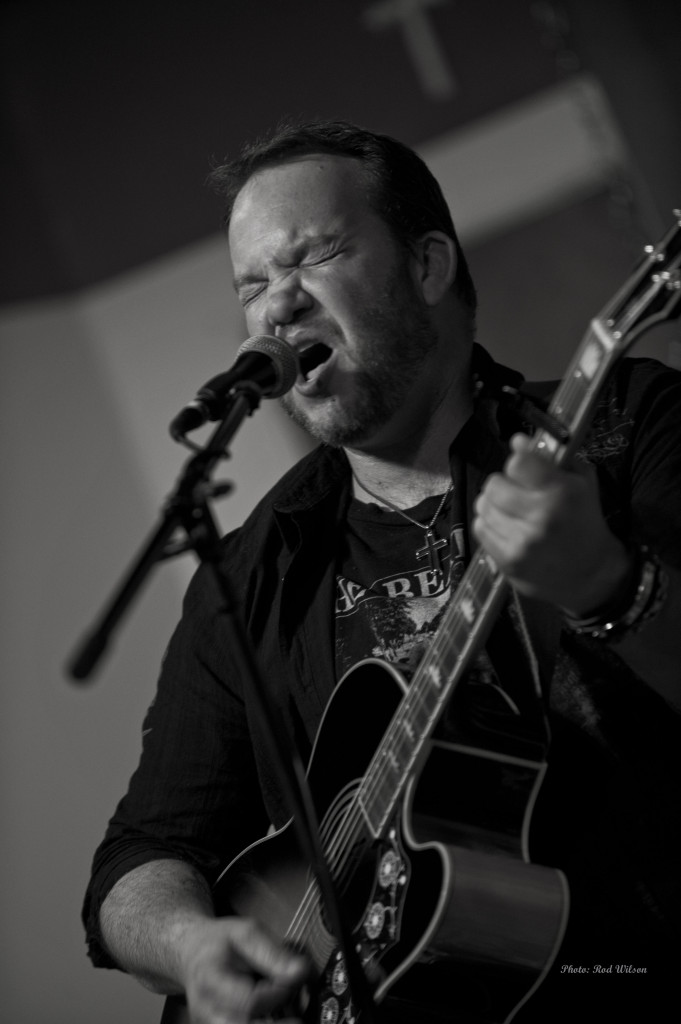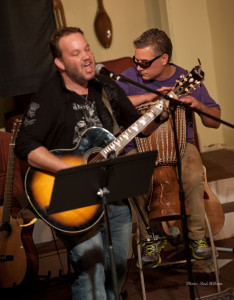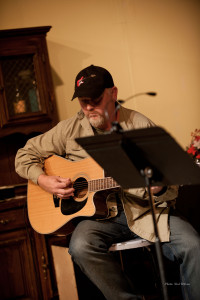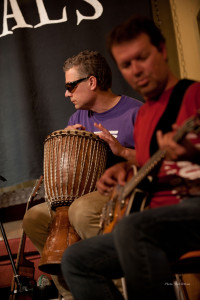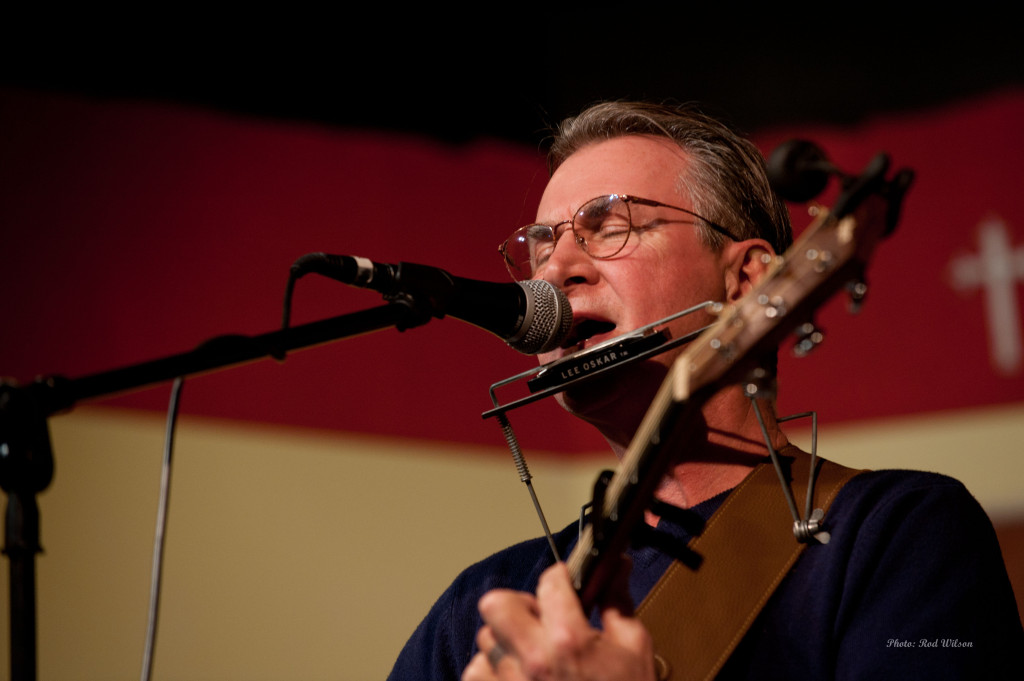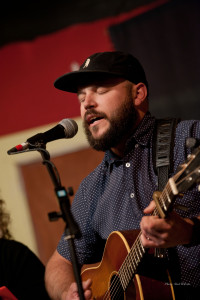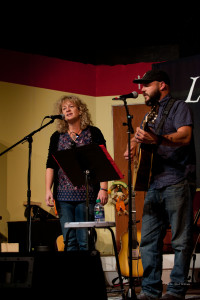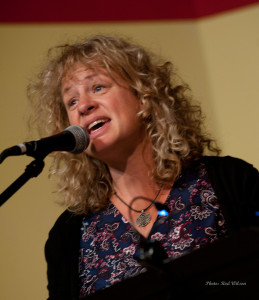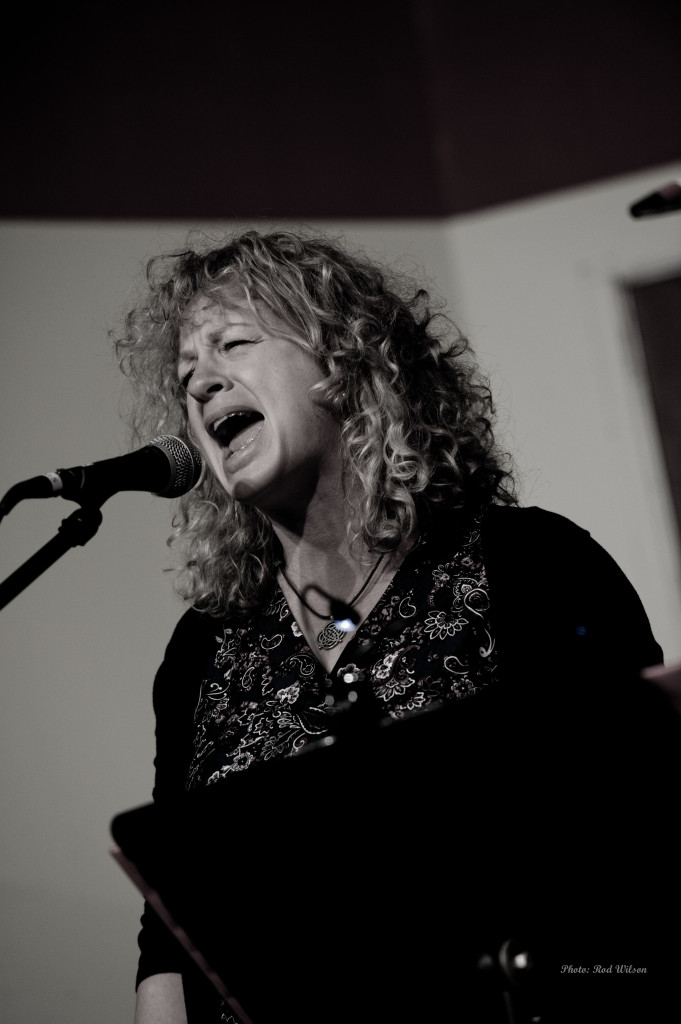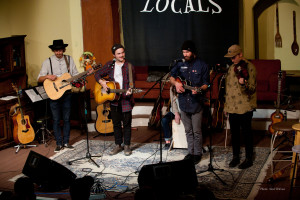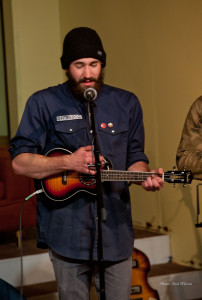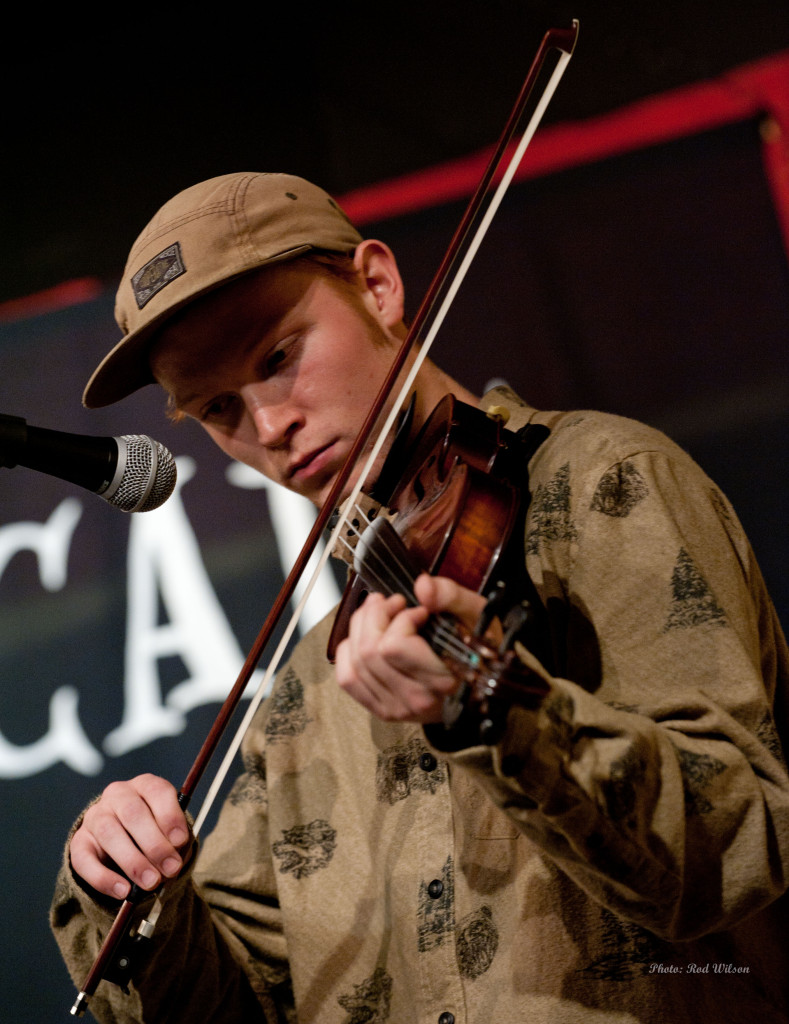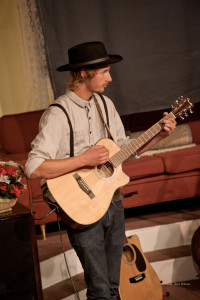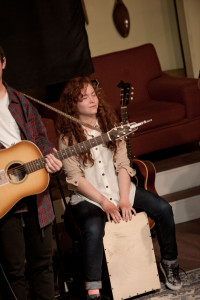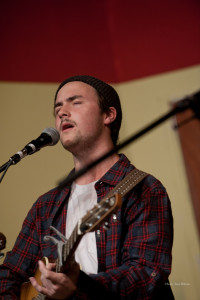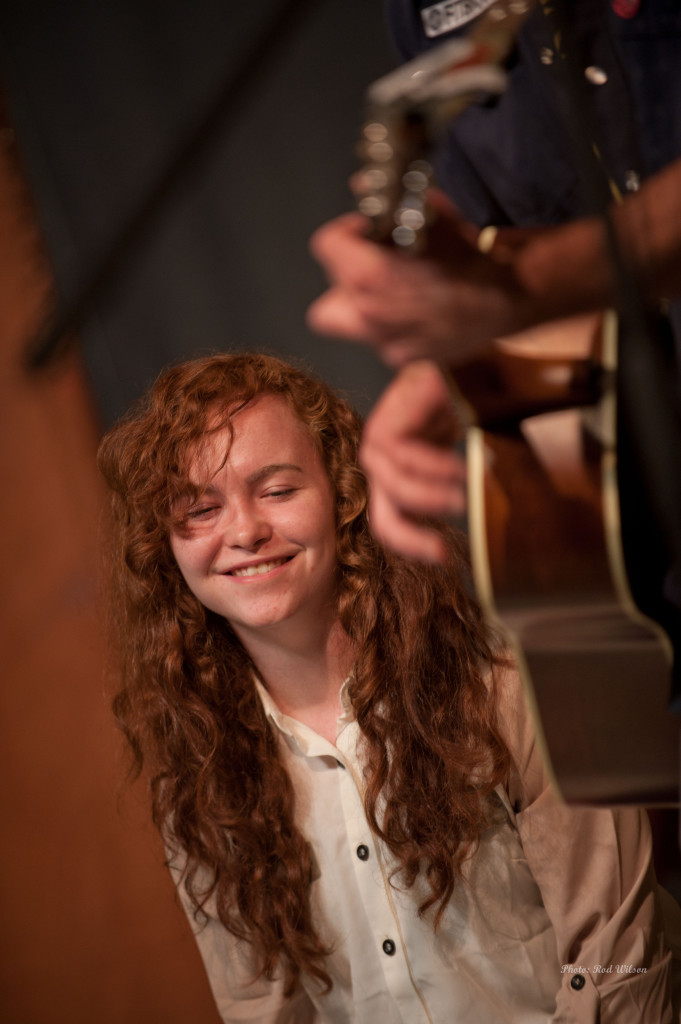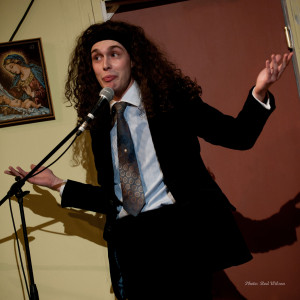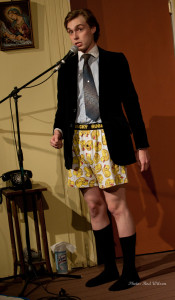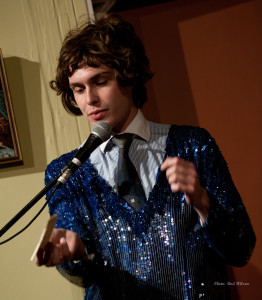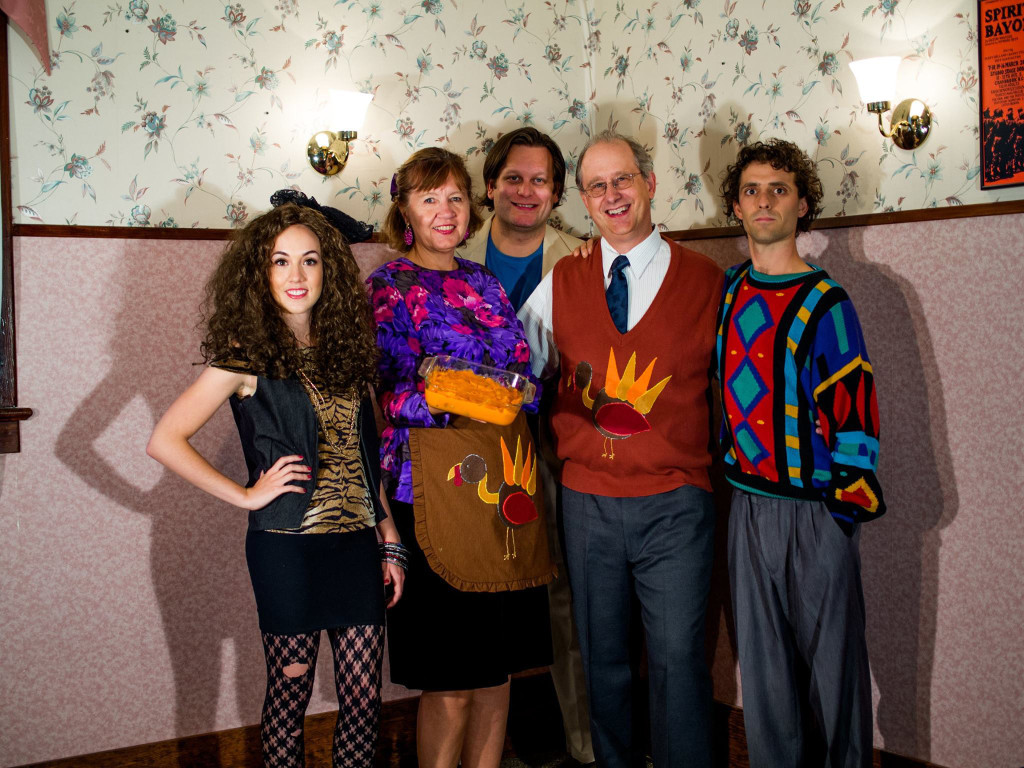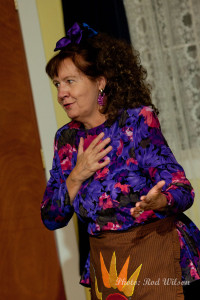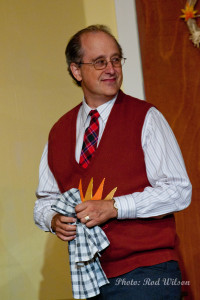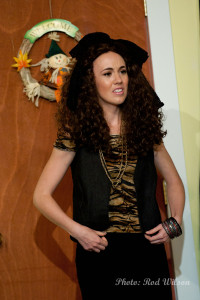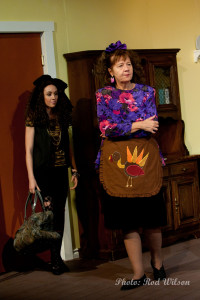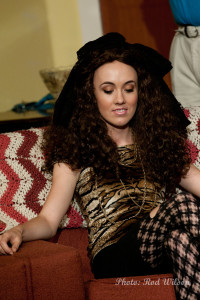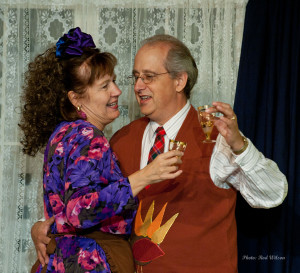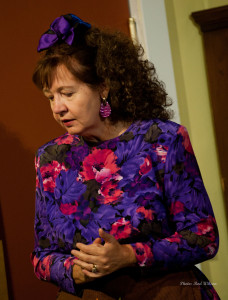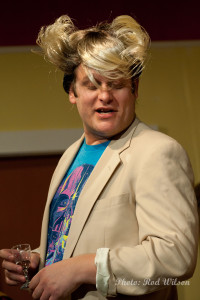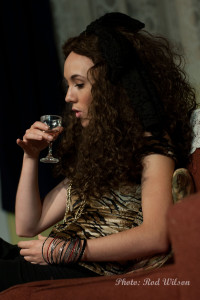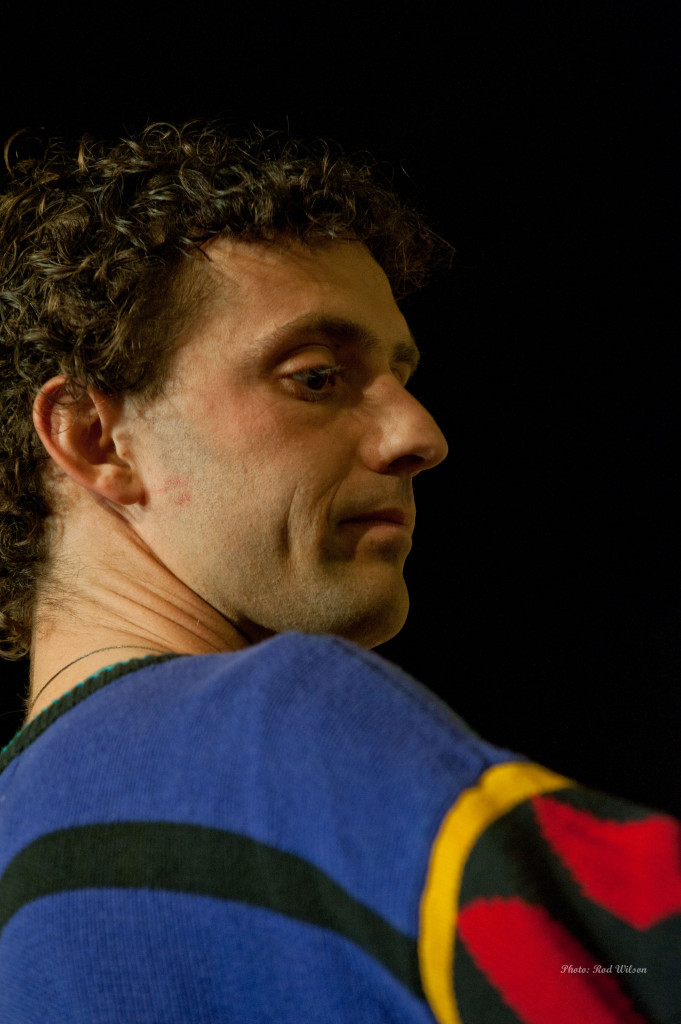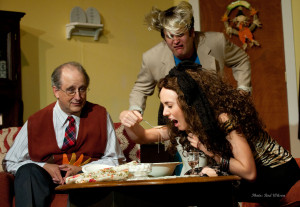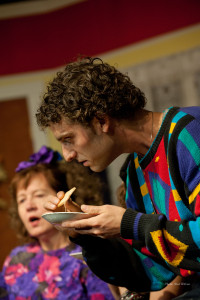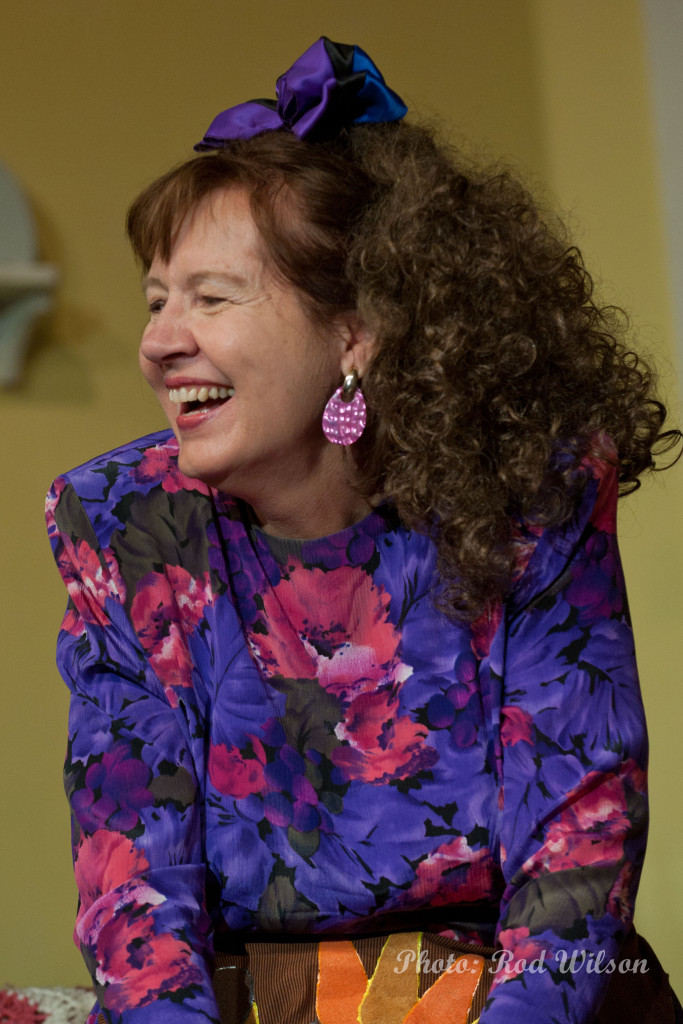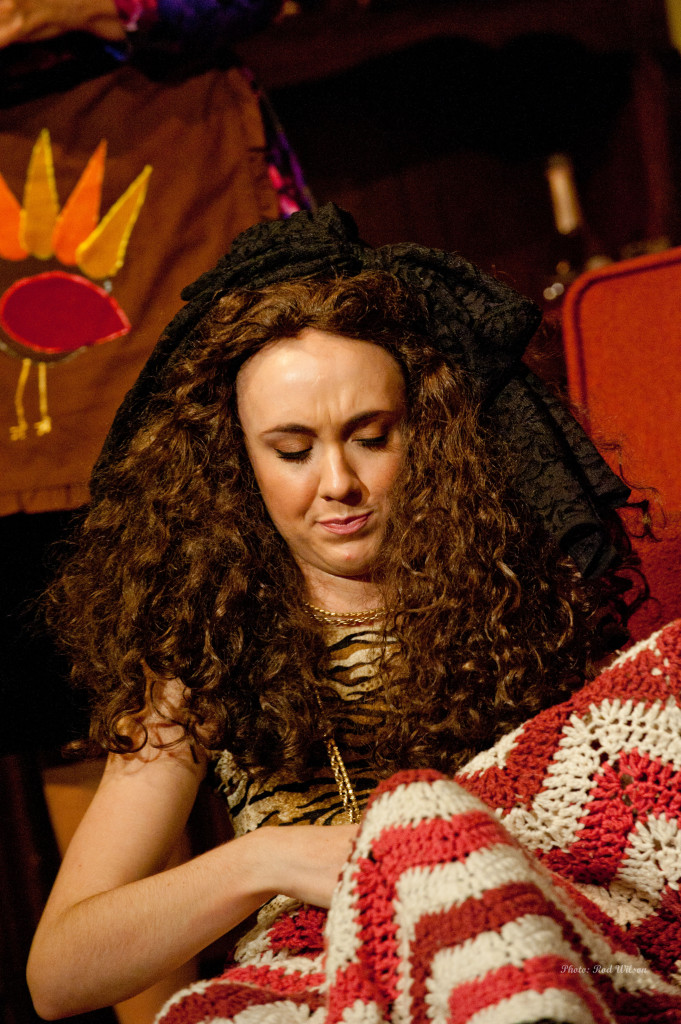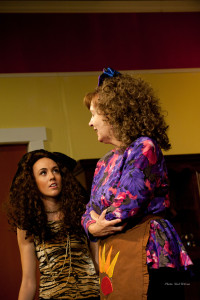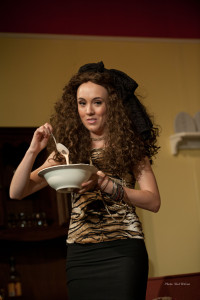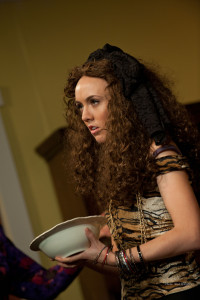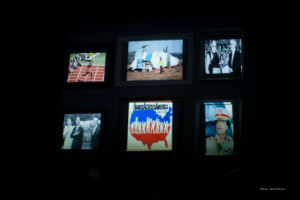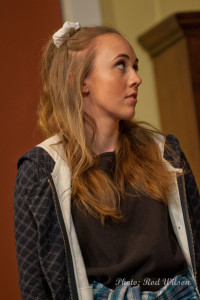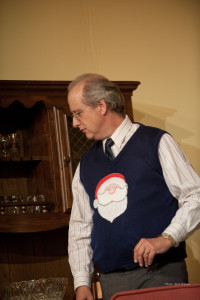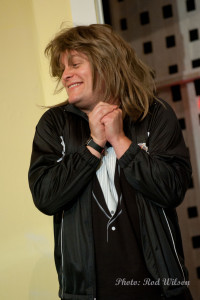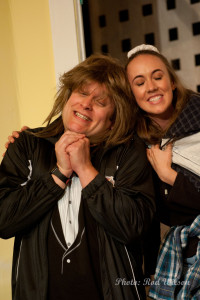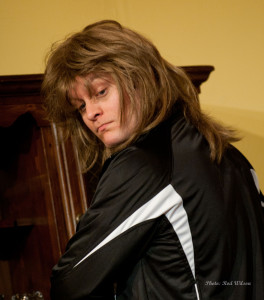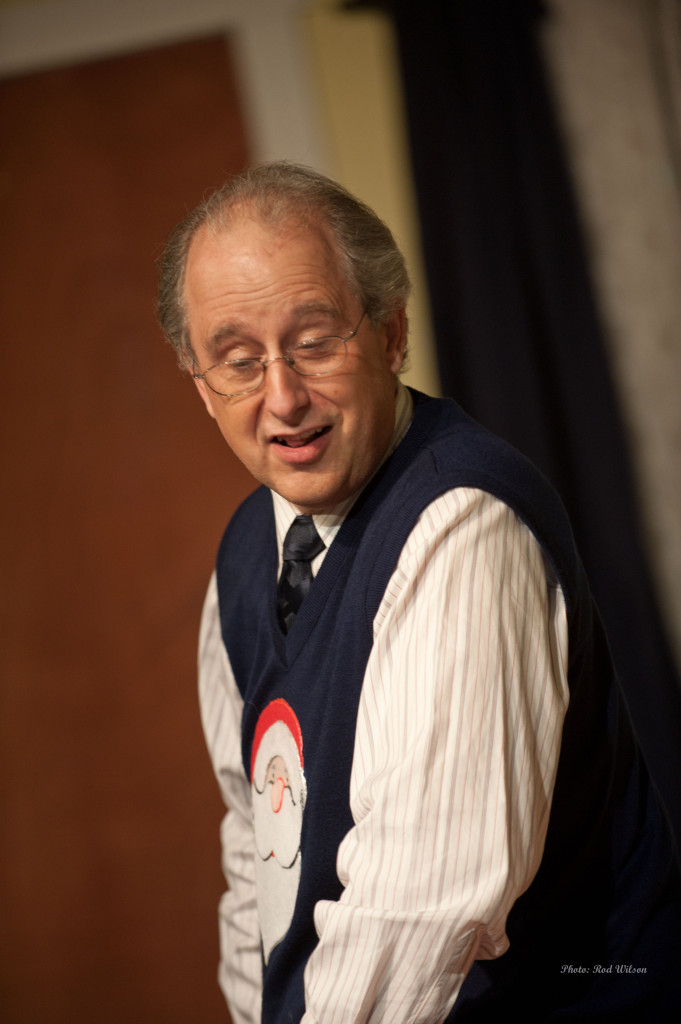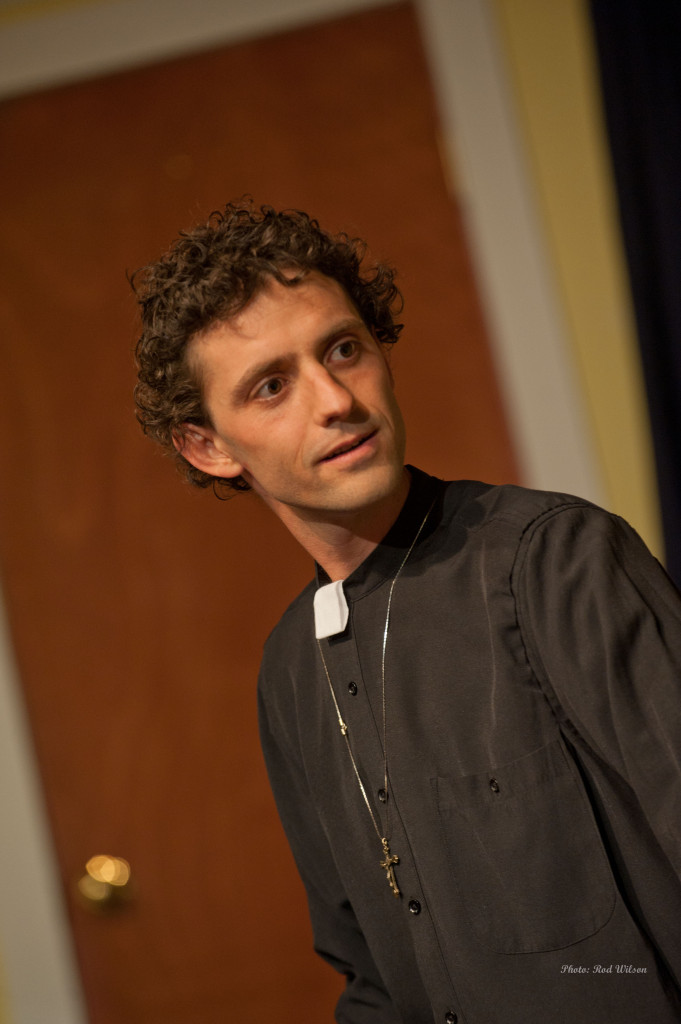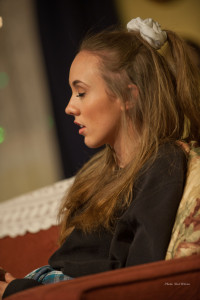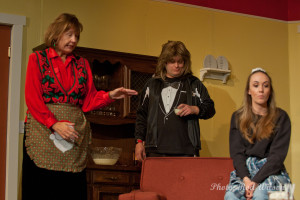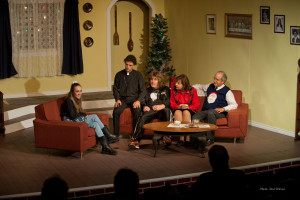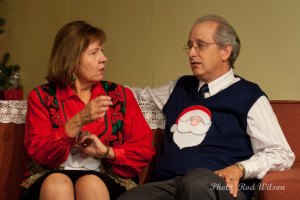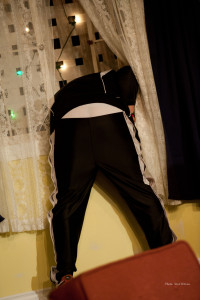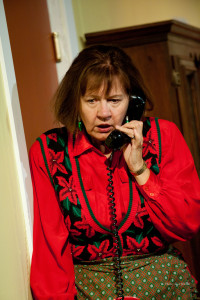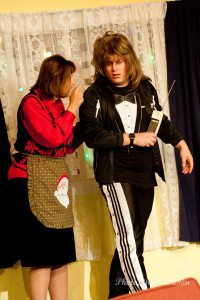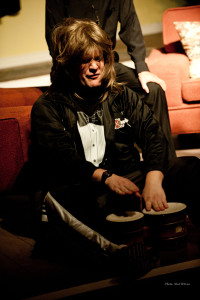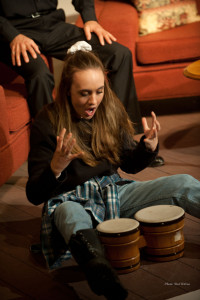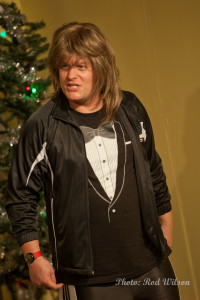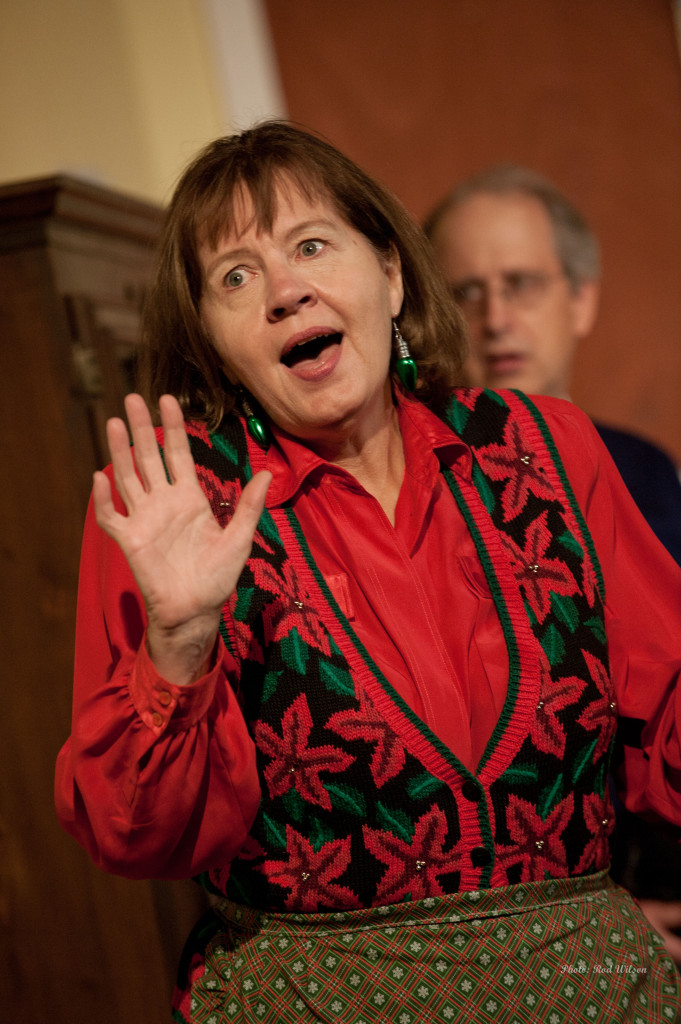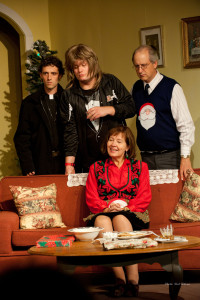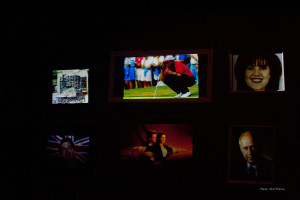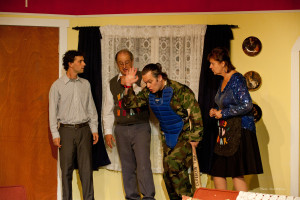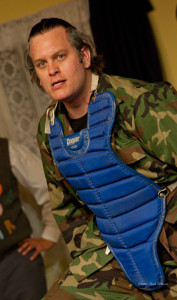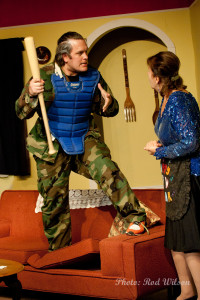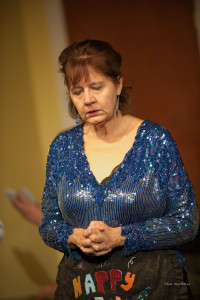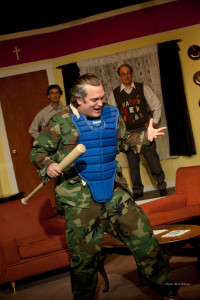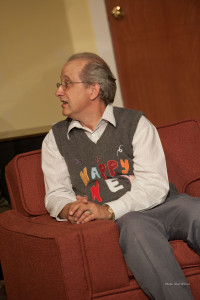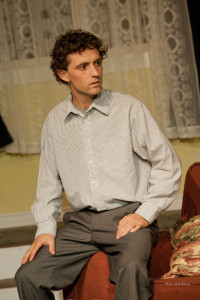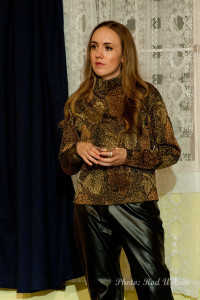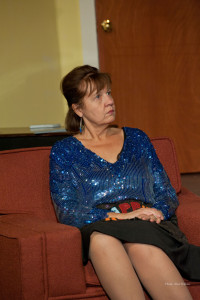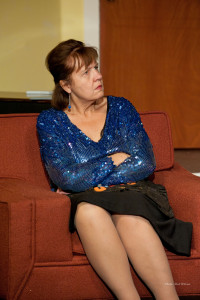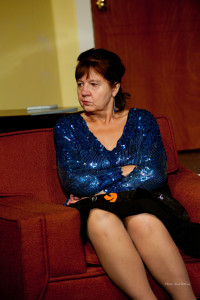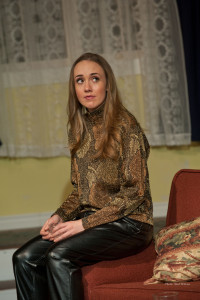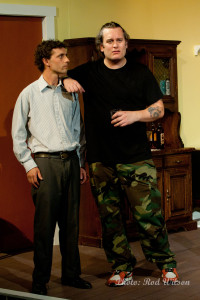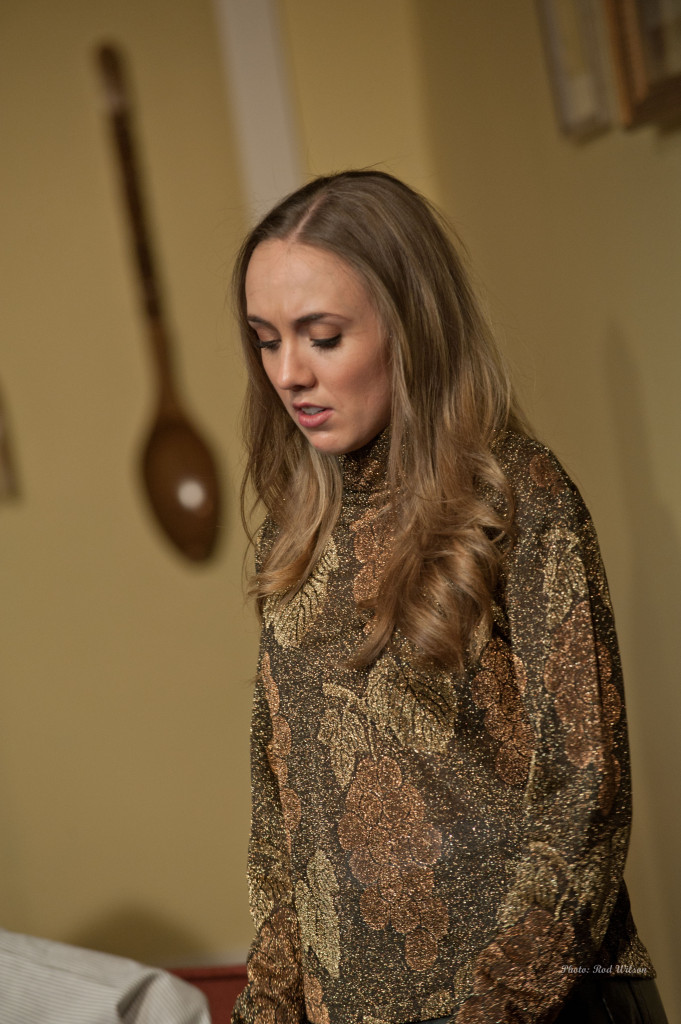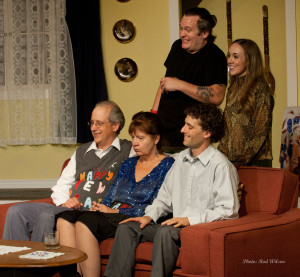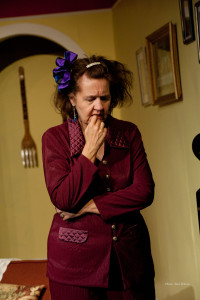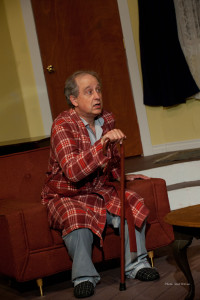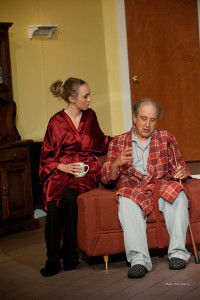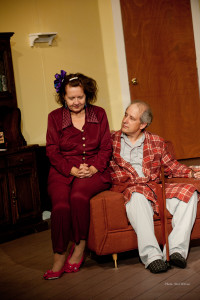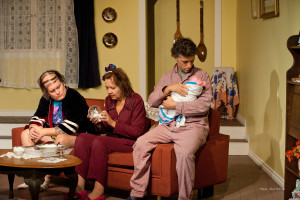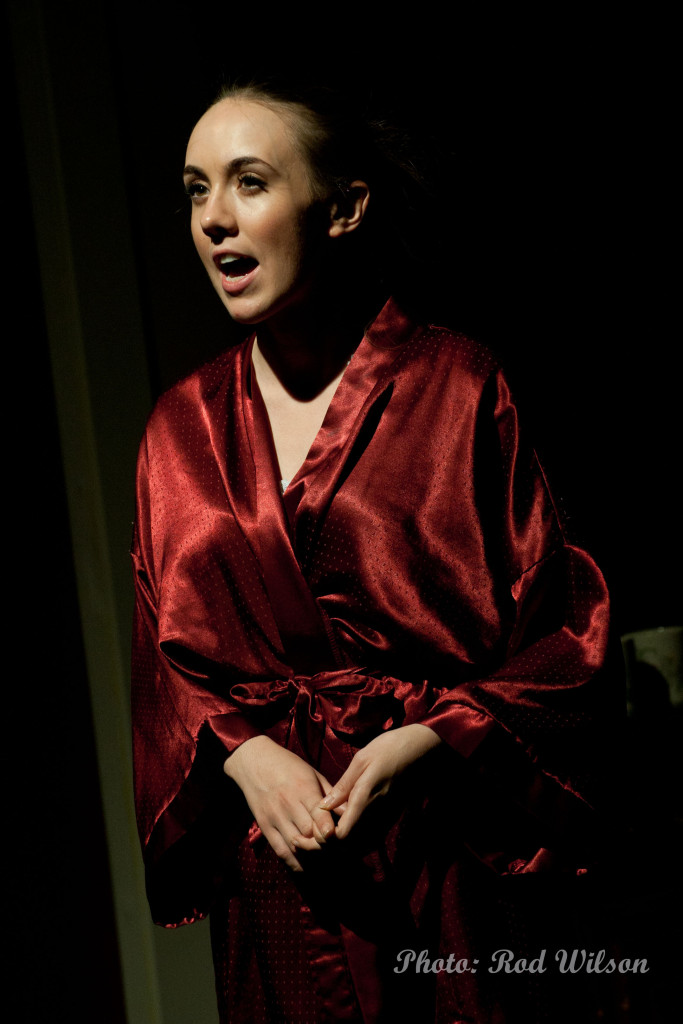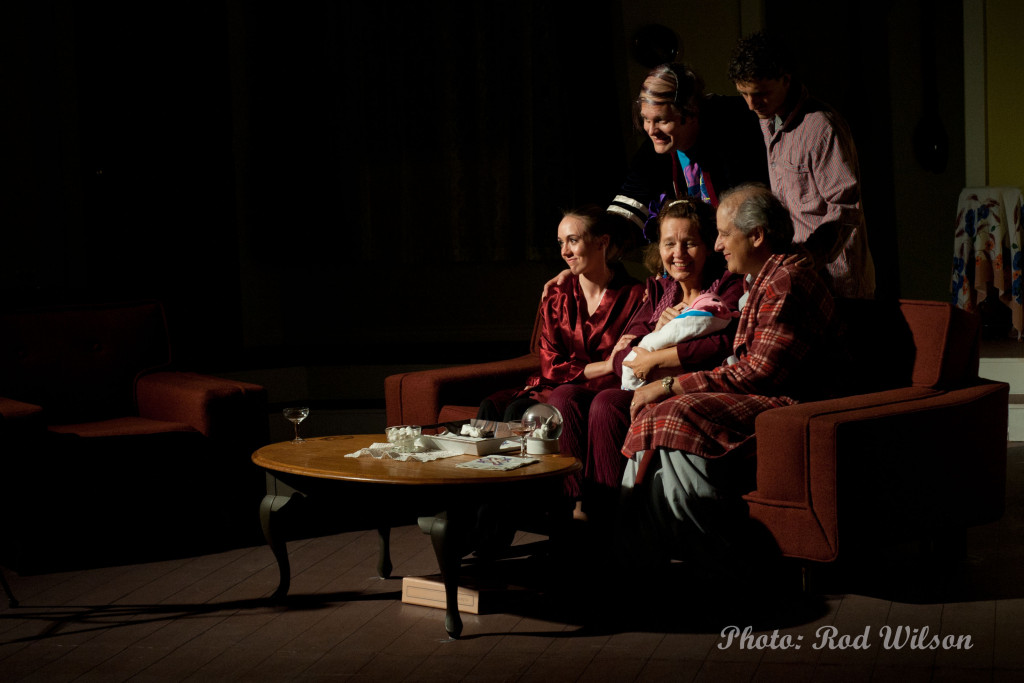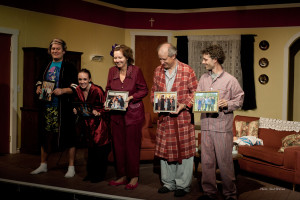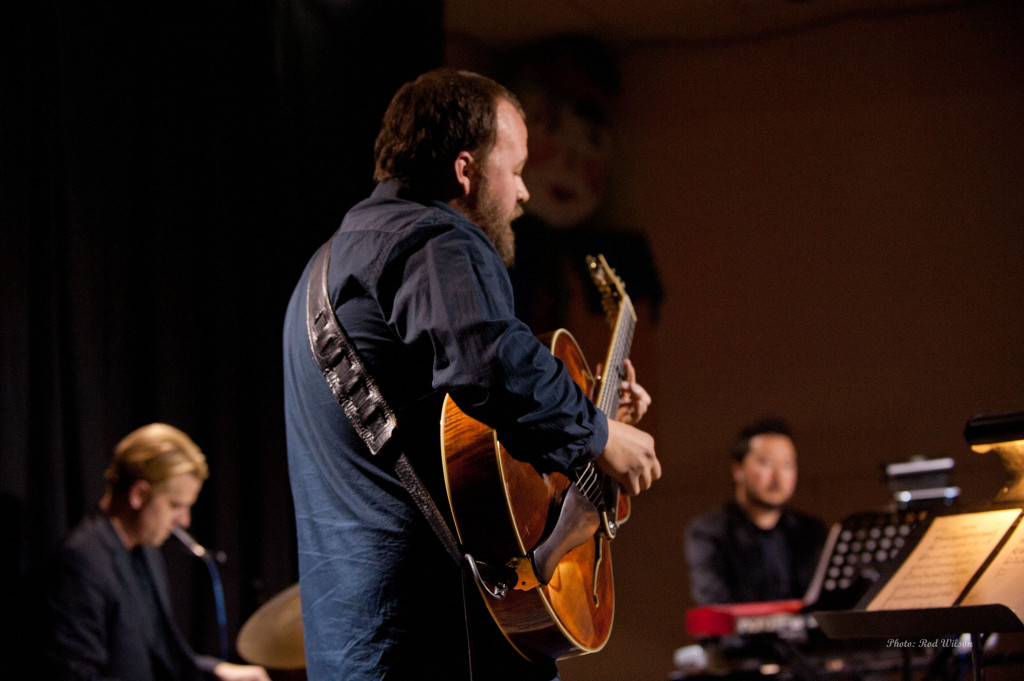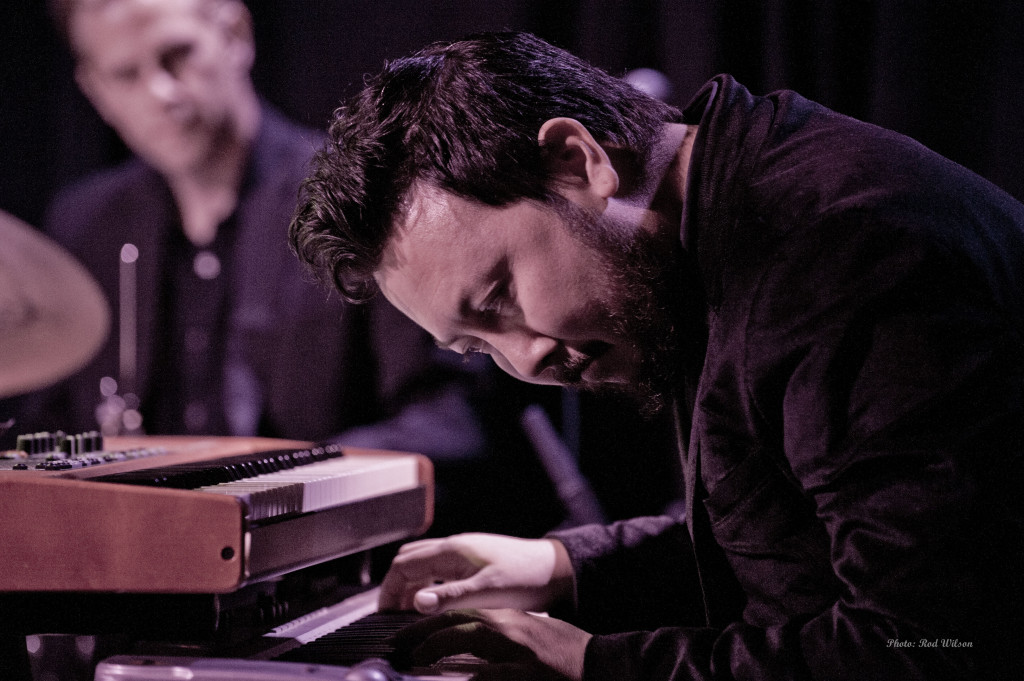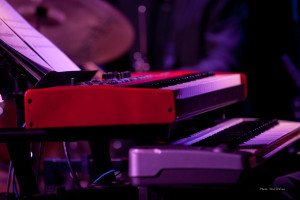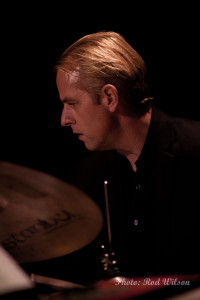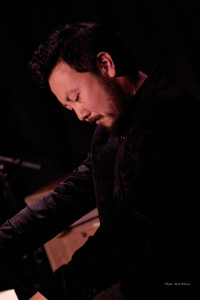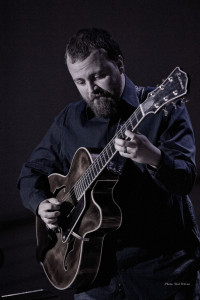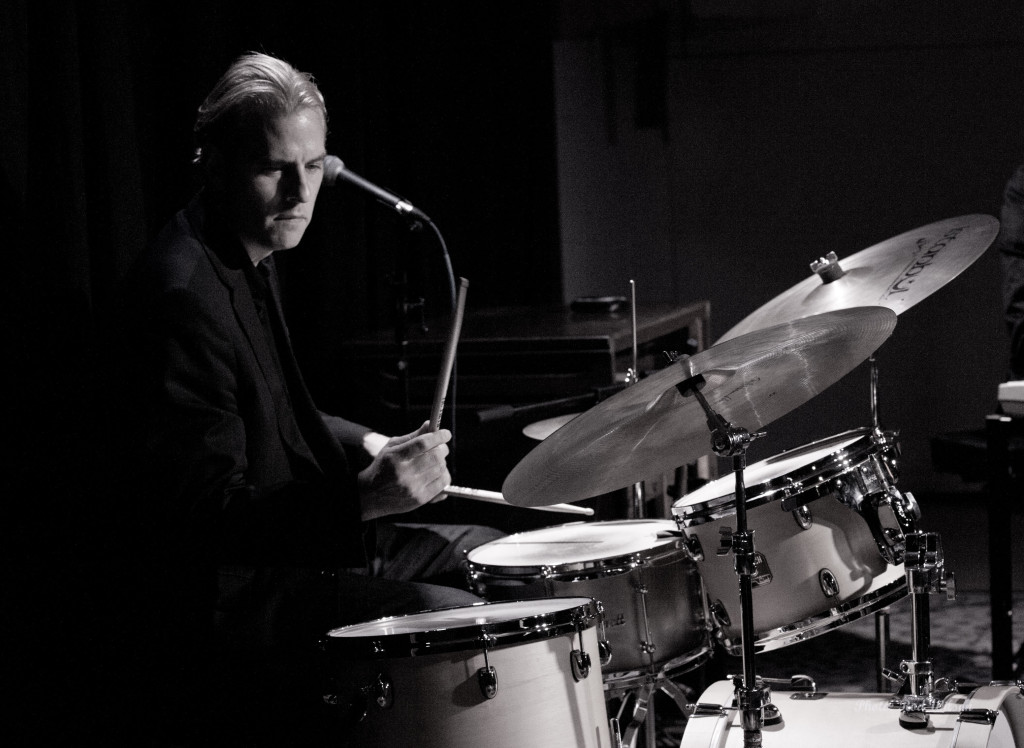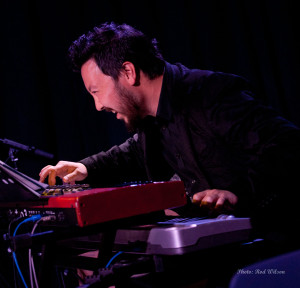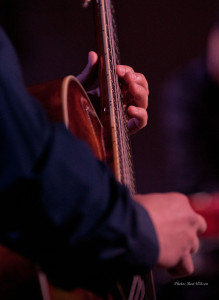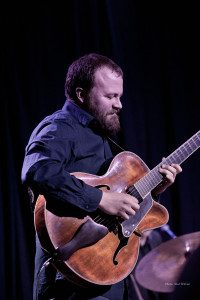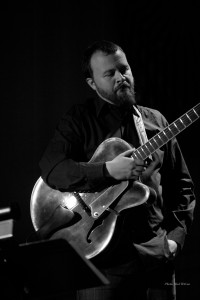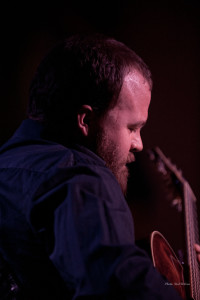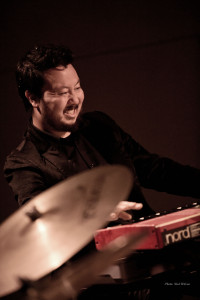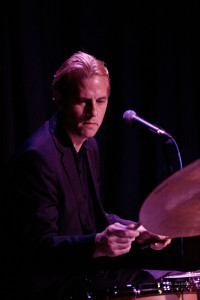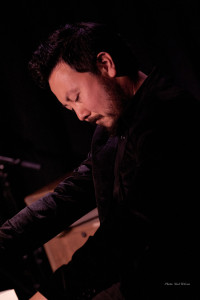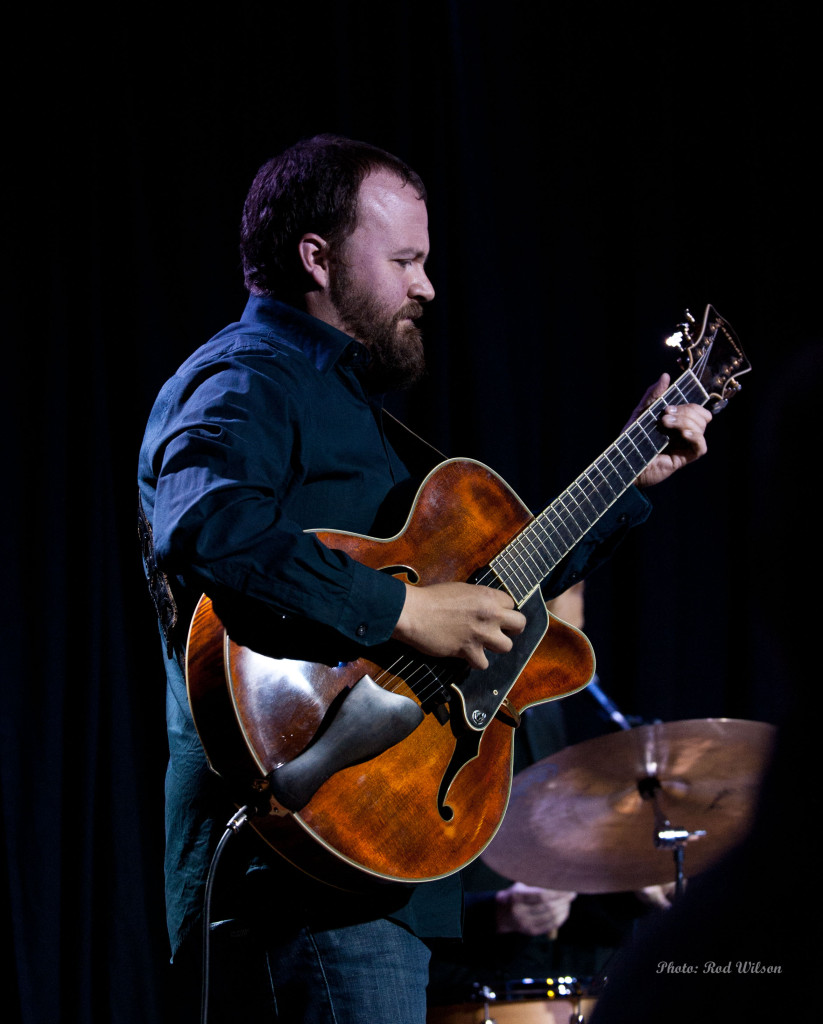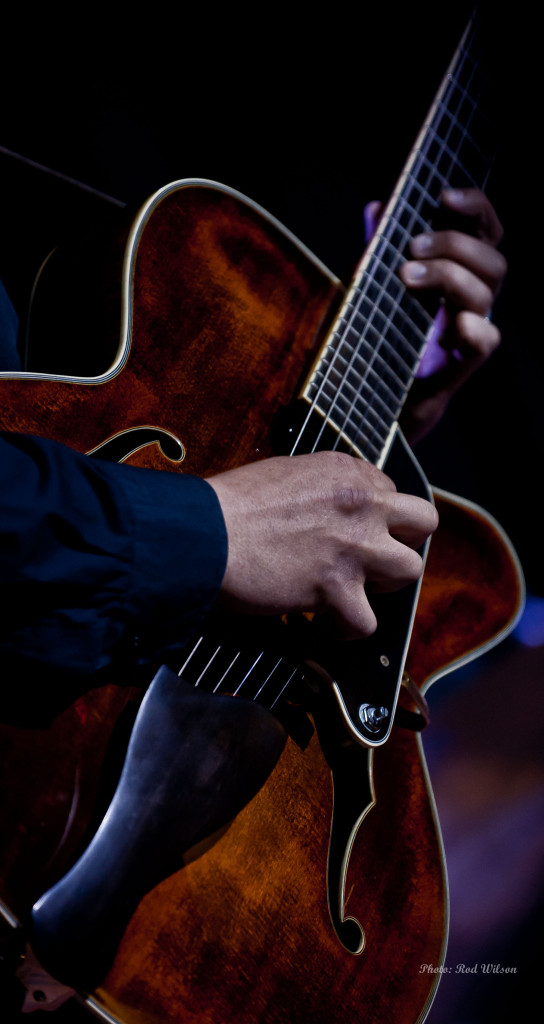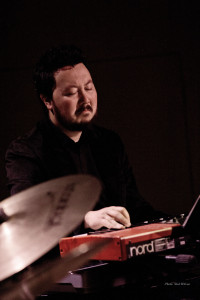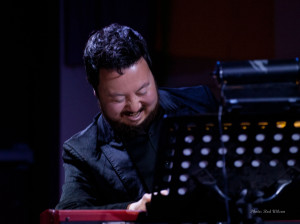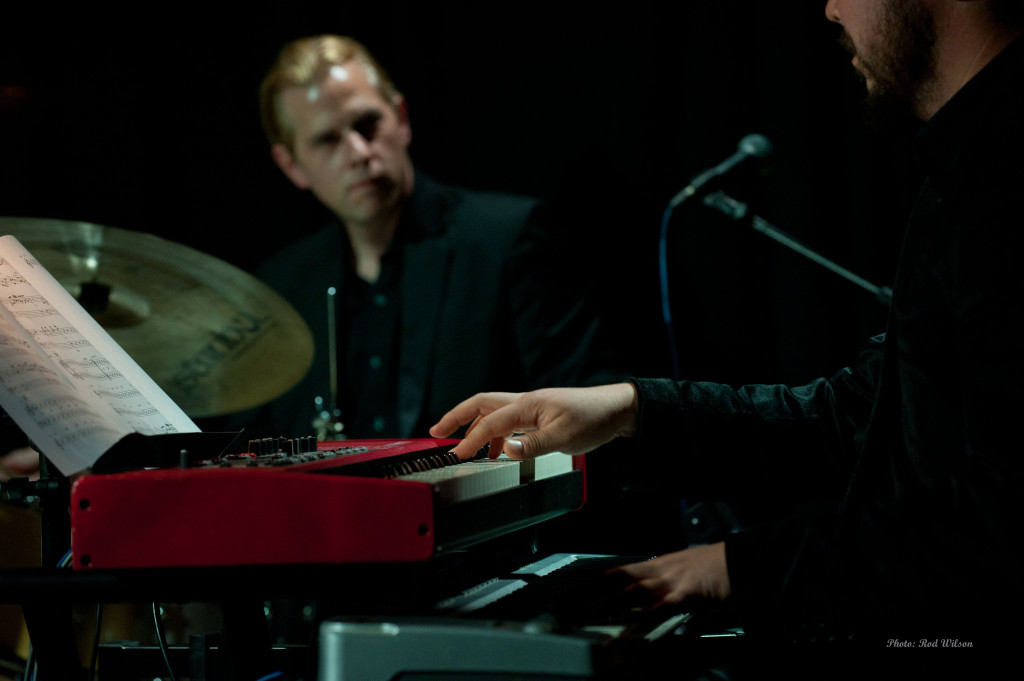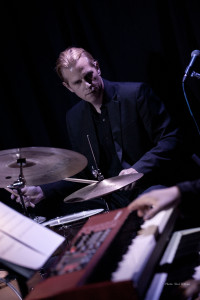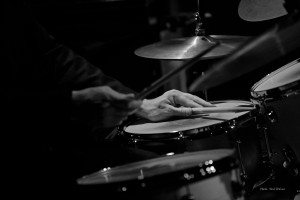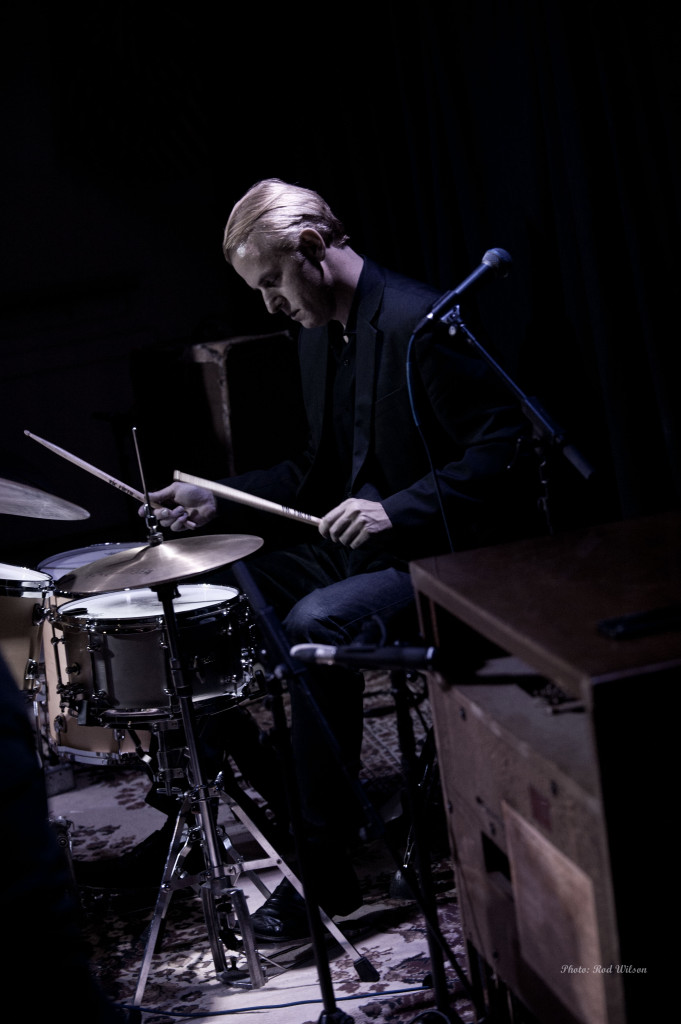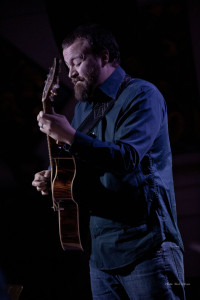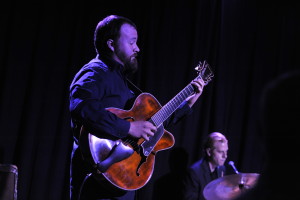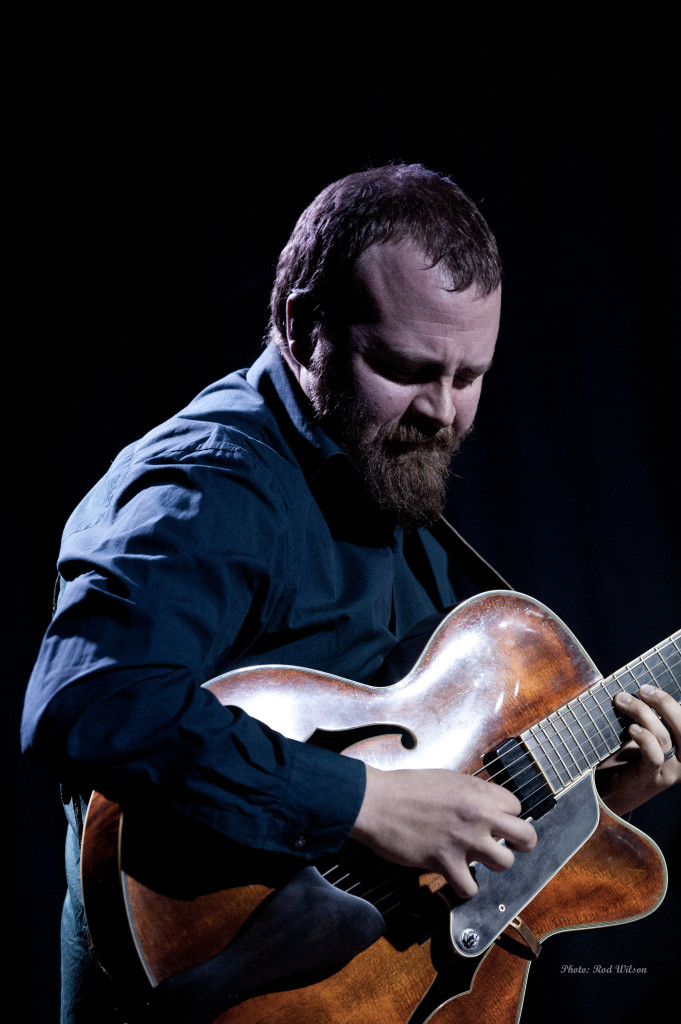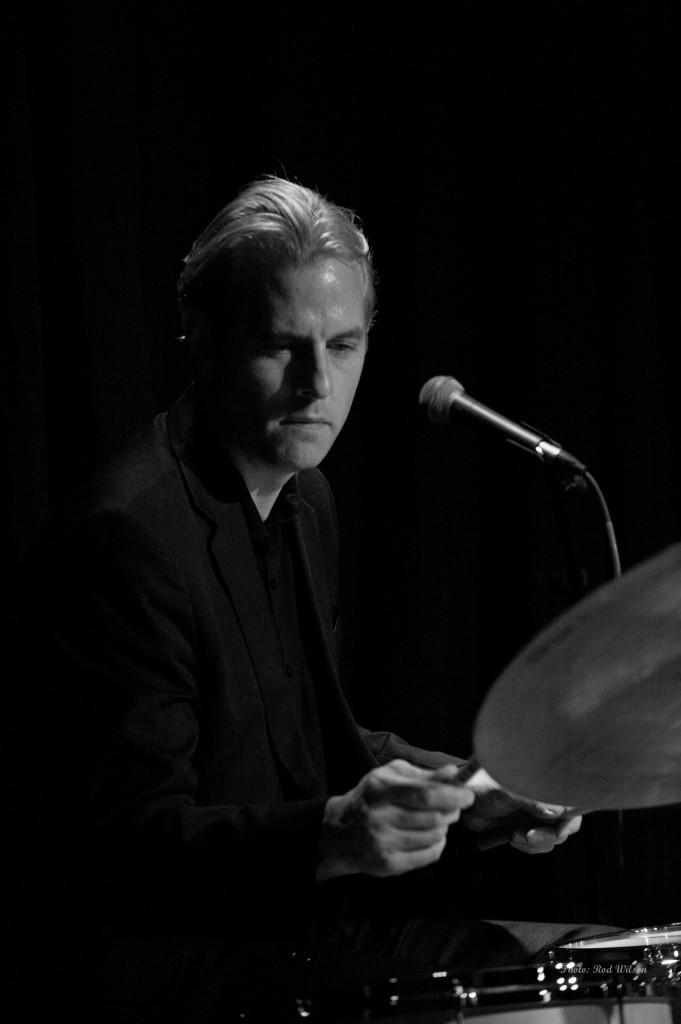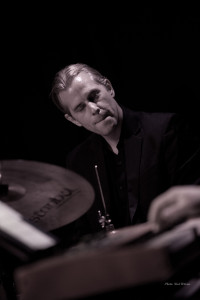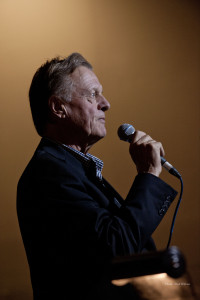FINALE PRINT MUSIC 2014 for quickly creating customized notated music.
There is the old joke – “How do you stop a guitar player from playing? – The answer “You just give him a page of sheet music.”
Unfortunately it is just so true. Most amateur, and a sizeable number of professional guitarists, cannot read music. Not only that, they often take great pride in their inability to read musical notation. Just think about that! Is there any other profession where professional practitioners would take pride in their inability to master a basic skill set ? Who has ever heard of say, an actor, who can’t read. Just think about how professionally limiting that would be for an actor. How would he or she learn their scripts? Would they have to get some one to teach them the parts and try and memorize the entire performance. Just imagine the nightmare of rehearsals. And for each new play or script the whole process would begin all over again. In the very early days of Greek Drama that may not have been a problem. There were the classic plays that once committed to memory could be trotted out year after year without any real need for change. Present day rock/pop musicians are in a some what similar situation. Once you have the classic rock repertoire down pat you can roll on year after year without any need to develop or change. But the other side of that coin is to just think about the limitations that imposes on one’s repertoire and possibilities .
I confess that my ability to sight read has been limited. Throw me a piece of sheet of music with a simple melody line and I have to laboriously work my way through the piece and commit it to memory. As I have grown older and my appetite for new and interesting music has out stripped my ability to memorize new music it has become imperative that I find a better way expand my repertoire. That means I need to improve my sight reading skills to the extent that I no longer need to memorize every piece of music I want to play. I want and need to improve my reading skills. Perhaps not to the level of interpreting a symphonic score but at least to be able interpret and perform music at a reasonably professional level. This is where Music Notation Software comes in. I used a program called SONGWORKS for a few years. It was cheap ($60) and clunky. I have been aware of the SIBELIUS software for years but the cost put that out of my reach. FINALE is a competing piece of software that also has a flagship version that is functionally competitive with Sibelius. It is also is some what expensive. FINALE has another product called FINALE Print Music 2014. This is a down scale version that is both affordable ($120 from Amazon.ca) and very easy to learn. My experience with SONGWORKS was probably a good primer for the FINALE product but I suspect any musician could get a handle on the software in one or two weeks. The notation entry is fairly intuitive, with lots of options to produce sheet music or a score that when printed looks and is very professional. Transposition of music from key to key is a breeze. Transposition within a key is also very quick and simple. Have you ever wonder how a piece of music would sound a third, fourth or fifth, etc, higher or lower? No need to wonder any more. A few clicks of a mouse and there it is. There is the option in the software to harmonize music in the fashion of Band-in-a-Box. There is a playback feature with a bank of sample sounds that enables you actually hear the music. The canned sounds are not the greatest but I suspect that there are opportunities in the software to access more realistic sounds. For melody lines I tend to just use the Flute or Oboe selections. The guitars are okay but the mandolin is horrible.
In the past I have had my printed music stored in a zillion three ring binders and the task of finding an older piece of music has always been problematic. But once you have notated the music with FINALE it is always there in an organized directory on your computer. Similarly, word processed lyrics can be treated in the much same way. If you need a hard copy, for whatever reason, just print it as required. Alternatively, transfer the files to a Tablet. Although not the complete answer there are advantages to this approach. With an appropriate clamp a tablet can be attached to a microphone stand and all your music is just a finger tap away. A thing to note is that FINALE Print Music 2014 files can only be read with the original software. It is possible to install that original software on a tablet. The license allows you a month of full use before the license needs to be activated. That doesn’t really need to be a problem. I do all the entry and editing on a desk top computer then transfer a copy of the files to the tablet for practice and performance. Even when the license has not been activated on the tablet it is possible to view and playback the files and that’s all one needs from the Tablet. You won’t be able to edit or save the altered file on the tablet but those functions are more easily done on the desk top.
I use FINALE in conjunction with two data bases of traditional tunes. THE SESSION https://thesession.org/tunes has just about every traditional tune in as many versions you could possibly wish for and it also has a lot of background information on sources, recordings, composers and artists. JC’S ABC TUNE FINDER http://trillian.mit.edu/~jc/cgi/abc/tunefind is another useful source.
http://balkanarama.com/charts.htm and http://voluntocracy.org/Music/tunes.html are useful sources of Eastern European melodies. I am sure there are a lot more out there. I am still looking for Middle Eastern and Turkish data bases. Of course a little surfing of YOUTUBE often turns up some interesting tunes that you can search the databases to get the notation of the tune. Type the notation of the tune into FINALE and use that as a learning tool. The down side to all this is the shear number of tunes that will end up on your tablet that are just begging you to practice, polish and move into your repertoire.
So that is my recent experiences with FINALE Print Music 2014. It is a piece of software I can readily recommend. It is available from many on-line sources but the cheapest and easiest is probably Amazon.ca. For $120, plus taxes and no shipping costs it could be on your doorstep in three days.
@@@@@@@@@@@@@@@@@@@@

